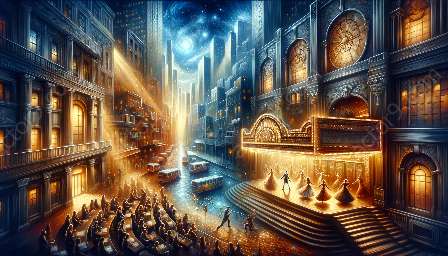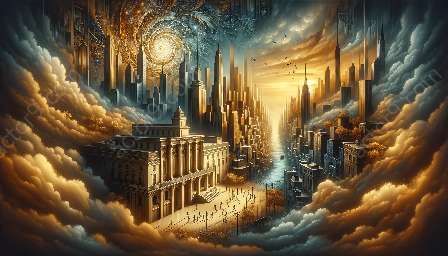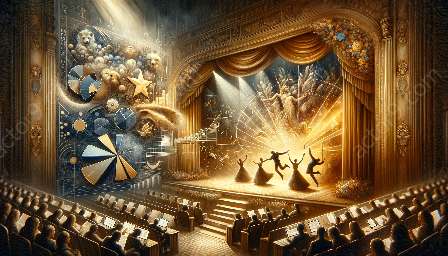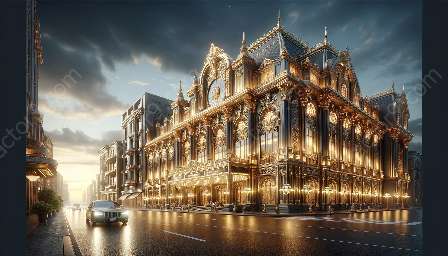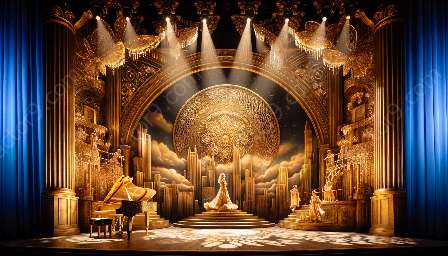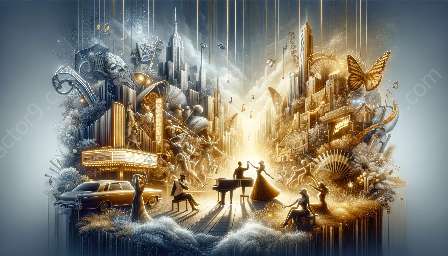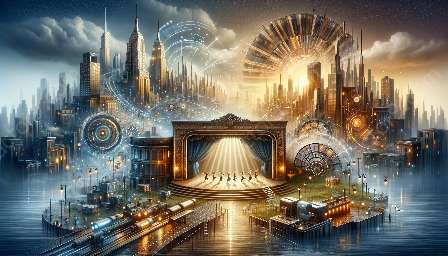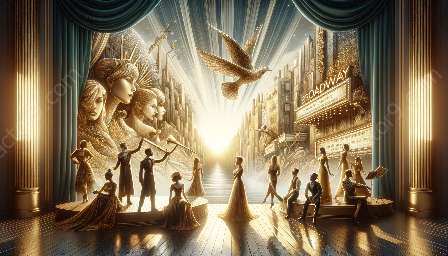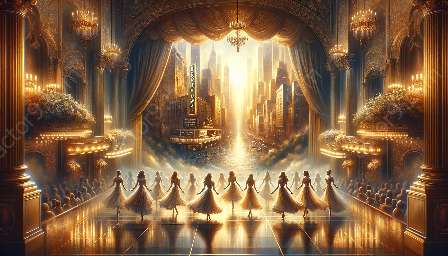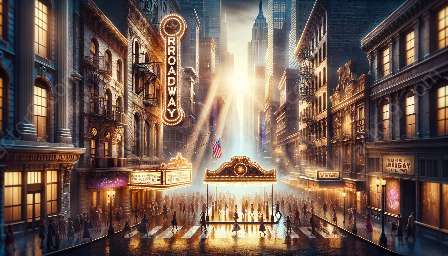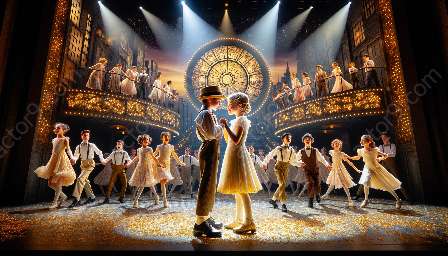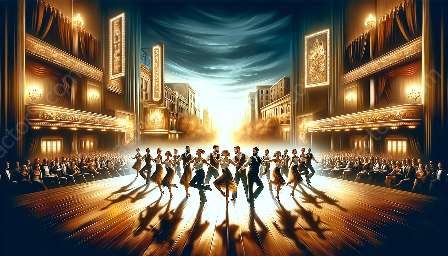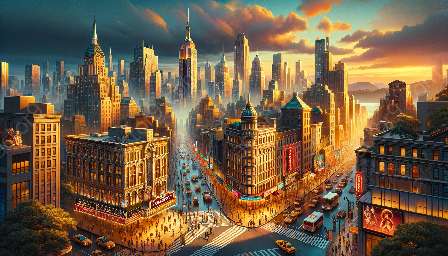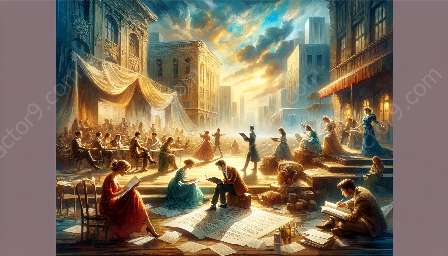The Golden Age of Broadway, spanning roughly from the 1940s to the 1960s, was a remarkable era that produced some of the most enduring and influential works in musical theater history. However, it was also a time of significant challenges and changes for the industry. This topic cluster will delve into the various challenges faced by Broadway during its Golden Age and how they shaped the landscape of musical theater.
1. Economic Pressures and Financial Constraints
One of the major challenges faced by Broadway during its Golden Age was the economic pressures and financial constraints that threatened the viability of many productions. The cost of producing and running a show on Broadway skyrocketed during this period, leading to significant financial risks for producers and investors. This challenge was exacerbated by the competition from other entertainment forms, such as television and film, which drew audiences and financial resources away from live theater.
2. Changing Social and Cultural Dynamics
The Golden Age of Broadway coincided with a period of significant social and cultural change in the United States. As societal norms and values evolved, Broadway had to adapt to shifting audience demographics and interests. The emergence of rock and roll music, youth culture, and changing attitudes towards race and gender presented challenges for traditional Broadway productions, requiring the industry to innovate and diversify its offerings in order to remain relevant and appealing to audiences.
3. Technological Advancements and Competition
Advancements in technology, particularly in the realm of sound and special effects, posed new challenges for Broadway productions during its Golden Age. Audiences increasingly expected more sophisticated and immersive experiences from live theater, placing pressure on producers and creative teams to meet these expectations while operating within the constraints of traditional theatrical spaces. Additionally, the rise of television and film as formidable competitors for entertainment dollars forced Broadway to distinguish itself through unique and compelling offerings.
4. Creative and Artistic Risks
As Broadway sought to navigate the challenges of its Golden Age, it also faced creative and artistic risks in developing new and innovative works. The pressure to deliver commercially successful productions often clashed with the desire to push artistic boundaries and explore bold, original ideas. Balancing these competing priorities while maintaining the integrity of the art form presented a complex challenge for theater practitioners of the time.
5. Political and Legal Challenges
The tumultuous political landscape of the mid-20th century brought its own set of challenges to Broadway. The industry contended with censorship, labor disputes, and the impact of government policies and regulations on the arts. These external pressures added an additional layer of complexity to an already multifaceted array of challenges faced by Broadway during its Golden Age.
Impact and Legacy
The challenges faced by Broadway during its Golden Age ultimately shaped the trajectory of musical theater and left a lasting impact on the industry. The innovations, adaptations, and resilience displayed by the Broadway community during this time laid the groundwork for the continued evolution and success of the art form. By overcoming these challenges, Broadway solidified its status as a cultural force and a globally influential hub for musical theater, leaving a legacy that continues to inspire and captivate audiences to this day.





